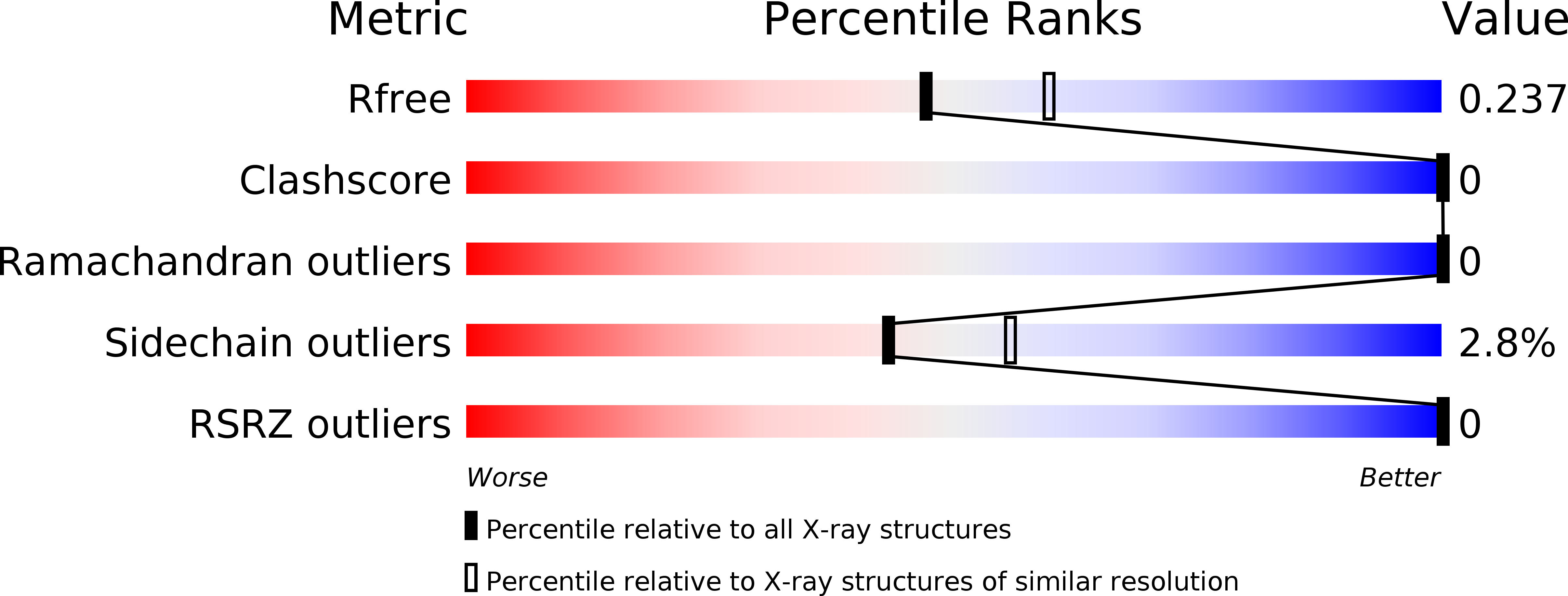
Deposition Date
2013-01-09
Release Date
2013-11-27
Last Version Date
2024-05-08
Method Details:
Experimental Method:
Resolution:
2.20 Å
R-Value Free:
0.24
R-Value Work:
0.19
R-Value Observed:
0.19
Space Group:
C 2 2 21


